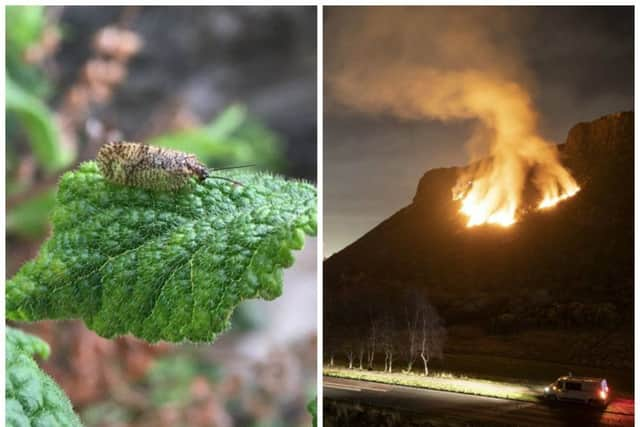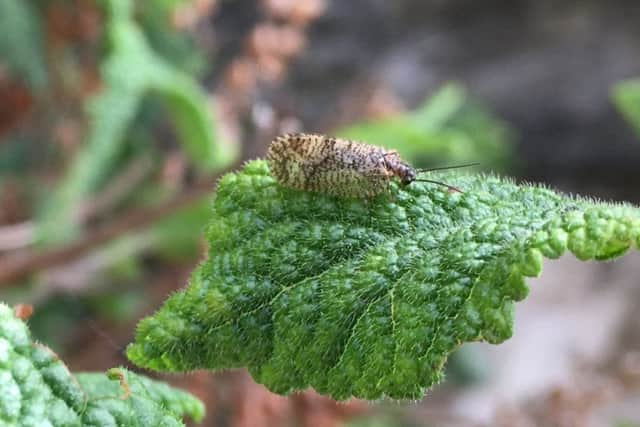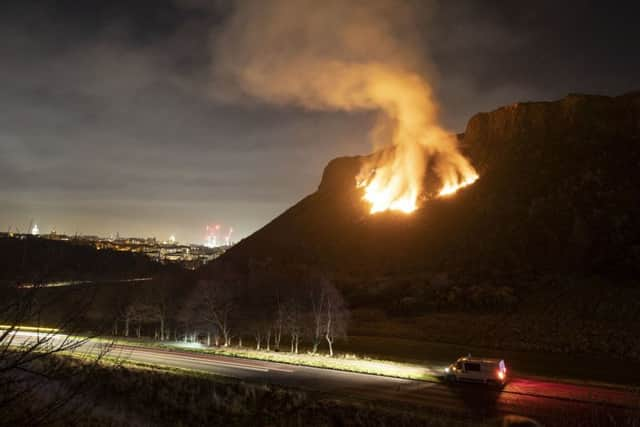Fears for rare moth after Edinburgh’s Salisbury Crags gorse fire
and live on Freeview channel 276
The blaze, which broke out on Tuesday evening, engulfed 800 square metres of gorse on the slopes below Salisbury Crags in Edinburgh’s Holyrood Park.
Firefighters battled for 15 hours to extinguish the ferocious flames, describing the wild fire as “one of the most challenging” they had every dealt with.
Advertisement
Hide AdAdvertisement
Hide AdNow experts are concerned the inferno could have killed off the local population of ultra-scarce bordered brown lacewings, an insect found only at the site and one other place in the UK.


A total of 14 adult lacewings were detected living around Salisbury Crags during surveys carried out last year.
But conservationists say it will be impossible to know whether the colony has survived until at least May, when the insects would usually have come out of hibernation.
“At this time of year they are not very active,” said Suzanne Burgess, Scotland manager for the charity Buglife.
Advertisement
Hide AdAdvertisement
Hide AdThey will be underground, hibernating in their cocoons just now but are due to start emerging towards the end of April or May.


“If we go out May or June and fail to find any at the site then that will be a big worry.
“They are a bit under-loved, but they are beneficial insects. “They feed on pest species such as aphids and likely play a small role in pollination.
“It would be very sad if they were to disappear from Holyrood Park.”
Advertisement
Hide AdAdvertisement
Hide AdThe rare bug, which lives among wood sage, is classified as a UK Biodiversity Action Plan priority species and is on the Scottish Biodiversity List.


It exists at only one other UK site, also in Scotland – at Muchalls in Aberdeenshire.
The fire-hit area is also home to other nationally scarce and vulnerable wildlife.
Species include the northern brown argus butterfly, the plume moth, the tiny stonecrop fanner moth and the tree bumblebee.
Advertisement
Hide AdAdvertisement
Hide AdHolyrood Park is also a Scottish stronghold for the capital’s best-loved wild flower – sticky catchfly – which grows at just a dozen sites north of the border and two in Wales.
Investigations are ongoing into the cause of the giant fire, but it’s thought a discarded cigarette could have ignited the unusually dry vegetation.